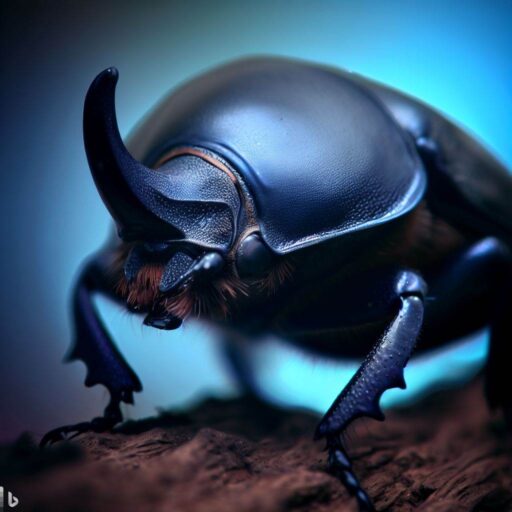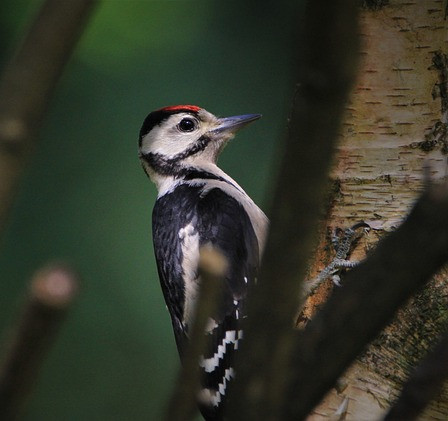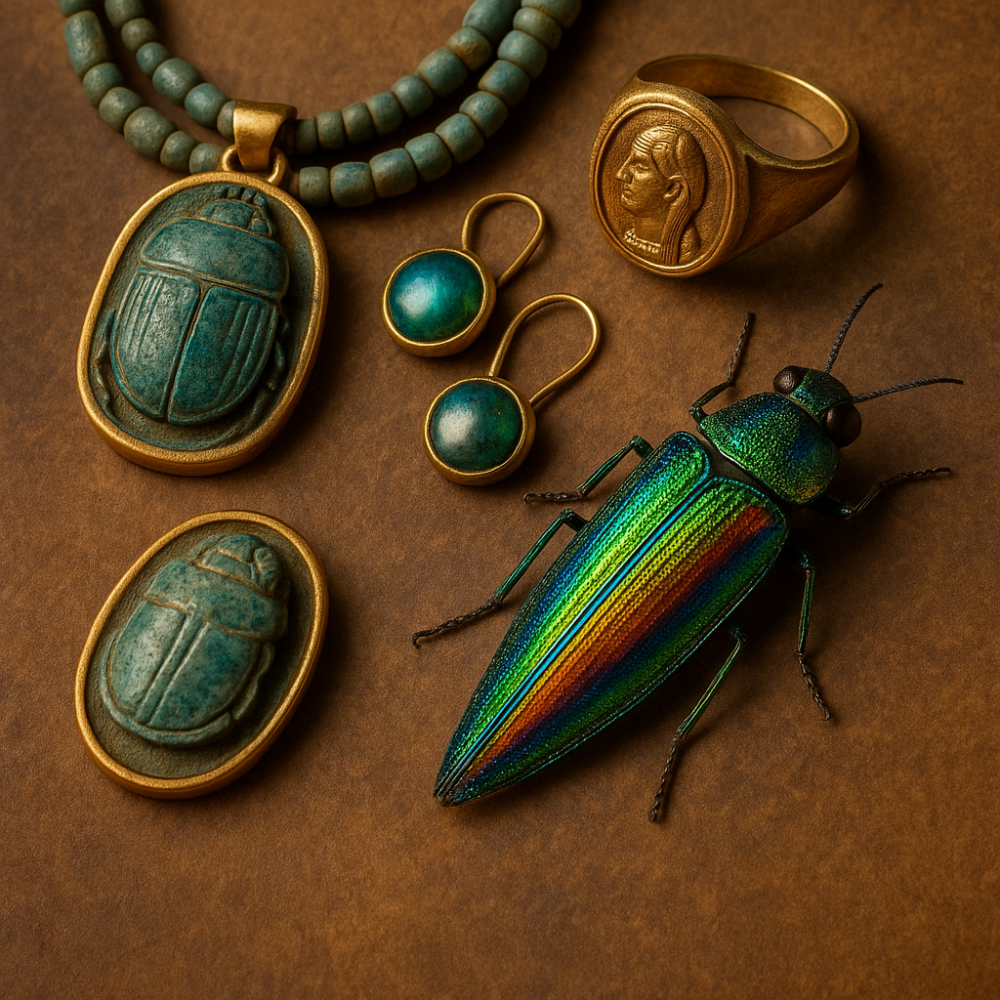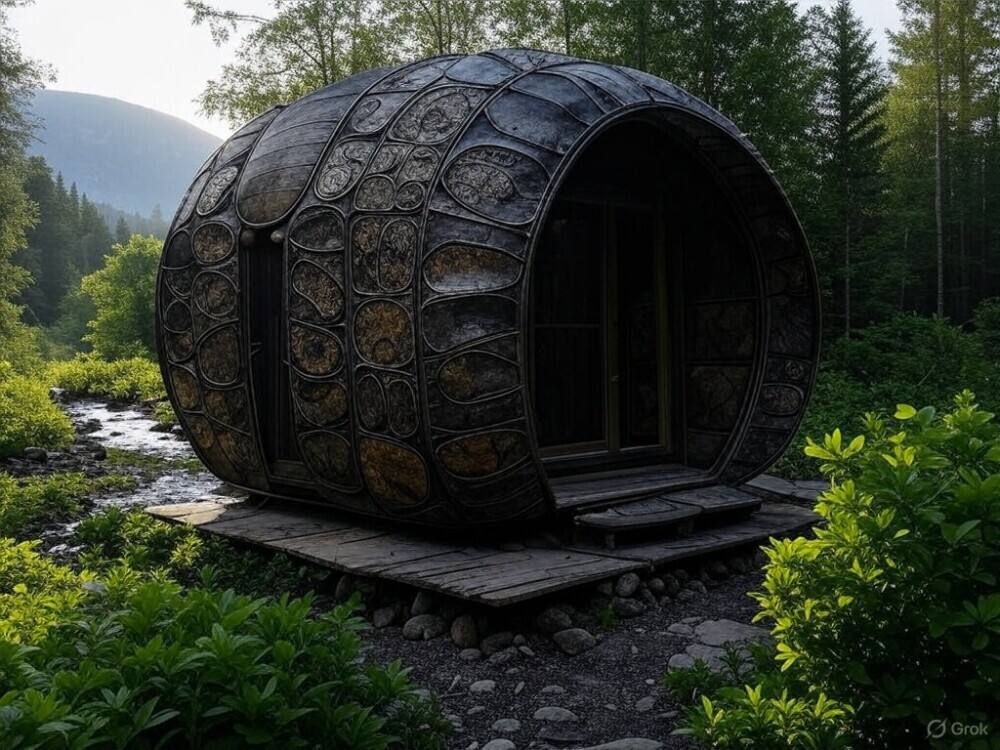.jpg)
Key Takeaways:
- Mammalian predators such as bats, shrews, and rodents feed on beetles.
- Avian predators like birds and ducks also consume beetles as part of their diet.
- Invertebrate predators, including spiders, centipedes, and beetles themselves, play a role in controlling beetle populations.
Beetles are one of the most abundant and diverse insects on Earth. They have a significant role in ecosystems as food sources for various animals. Knowing what eats beetles is essential for understanding the complex relationships between species. By looking at reference data, we gain a better insight into beetle consumption.
When it comes to the animal kingdom, many predators hunt beetles. Woodpeckers and nuthatches, for example, feed on them. Small mammals, such as shrews and rodents, also include beetles in their diets. This helps control beetle populations and maintains balance within habitats.
Reptiles and amphibians also like eating beetles. Snakes and lizards are opportunistic hunters and they find beetles as an easily accessible food source. Frogs and toads also eat beetles, either from aquatic or terrestrial environments. This shows their importance as food resources in different ecosystems.
Invertebrates, like the ground beetle, also eat beetles. Ground beetles are known for being predatory and they help keep insect populations in check. They are beneficial to humans, as they help with pest control.
Beetles are part of a network of interactions in different habitats and locations. From birds and mammals to reptiles, amphibians, and even other beetles, they all feed on them. This shows how species are connected in ecosystems and emphasizes the importance of beetles in the food web.
Fun Fact: The North American toad (Anaxyrus americanus) loves to eat beetles. They are a preferred prey item of the toad, especially during the breeding season.
Mammalian Predators of Beetles
Mice, shrews, bats, raccoons, and skunks are mammalian predators that help to control beetle populations. They have a good sense of smell and hunt beetles in agricultural areas to reduce crop damage. Bats use echolocation to locate and catch beetles at night. They are essential in areas with a lot of beetles.

Raccoons and skunks are also feeders of beetles. But, they only make a small contribution to controlling beetle numbers. Many other things like enemies, the environment, and resources also affect beetle populations.
The National Park Service has put out a PDF file Who eats Who? that shows that fox eat beetles.
To make beetle management strategies, it is important to understand how mammalian predators work in the environment. They give essential control but this depends on various factors.
One night, a researcher saw bats catching beetles with their echolocation and swift flight. This showed how mammals and beetles have a connection. Mammalian predators have an important role in keeping beetle populations in balance in various habitats.
Avian Predators of Beetles
Avian predators of beetles are essential for ecosystem balance. These birds, such as woodpeckers, starlings, and sparrows, use their sharp beaks and claws to snag and eat beetles. Some, like the European starling, even form flocks to hunt together. Plus, they have amazing adaptations to access and consume hidden beetles.

Avian predators also benefit ecosystems. They recycle organic matter and control beetle populations. Their feeding habits can even affect the abundance and distribution of beetles. Ultimately, these birds help maintain ecosystem health and stability.
Invertebrate Predators of Beetles
Beetles, an insect species, have predators! These predators are invertebrates, meaning they lack a backbone. They help maintain the ecological balance by preying on beetles. They have adapted specific skills and behaviors to capture and consume beetles.
Spiders are one of these predators. They spin webs to catch unsuspecting beetles. They immobilize them with venom and feast when they are paralyzed.

Ants are also predators of beetles. They work together in large colonies and use their mandibles to capture them. They swarm the beetles and carry them back to the nest.
Ground beetles, a type of beetle, prey on other beetles. They have powerful mandibles and well-developed legs to chase and capture their prey. They hunt at night, using their nocturnal vision.
Beetles have larvae which also prey on other beetle species. The larvae use their strong jaws to capture and consume adult beetles.
These invertebrate predators have evolved to overcome the hard exoskeleton of beetles. Ground beetles are beneficial to farmers as they consume vast numbers of pests. (Reference: ‘What Animal Eats Beetles’)
Predators of Specific Beetle Species
Beetles have diverse predators. Ground beetles, for instance, are targeted by different species. These include birds that consume them as part of their diet.
| Beetle Species | Predators |
| Ground Beetles | Birds, various species |
In addition, spiders like the grass spider also eat beetles. This indicates that both larger animals and smaller predators target them. It seems that beetles play a vital role in the food chain, being hunted by predators of all kinds.
Conclusion
To wrap up, data has shown beetles are a vital food source for many animals. These “beetle predators” help regulate beetle numbers and keep the ecosystem in balance. A range of creatures eat beetles, some examples being woodpeckers, starlings, shrews, and bats. Plus, reptiles, amphibians, and insects feast on them too.
Animals have adapted to eat beetles. For example, the aardvark has a long tongue perfect for catching beetles. Some monkeys and primates use tools to get them out of tree bark. This shows how different species have various strategies to get their dinner.
Some Facts About What Animal Eats Beetles:
- ✅ Different animals feed on beetles, including mammals, birds, lizards, and invertebrates.
- ✅ Raccoons, skunks, moles, and shrews are examples of mammals that eat beetles. )
- ✅ Birds such as bluebirds, cardinals, sparrows, and woodpeckers prey on both adult beetles and beetle larvae.
- ✅ Lizards like panther chameleons, geckos, and monitor lizards also feed on beetles.
- ✅ Invertebrates such as hunting spiders, centipedes, mantises, and scorpions are among the predators of beetles.
FAQ
What are some natural predators of beetles?
The natural predators of beetles include mammals such as raccoons, skunks, moles, and shrews, as well as birds like bluebirds, cardinals, and woodpeckers. Insects such as spiders, assassin bugs, and mantises also prey on beetles.
How do Tachinid flies help control beetle populations?
Tachinid flies are natural predators of beetles, including Japanese beetles. These flies parasitize the beetles by attaching their eggs to the beetle’s body. When the fly larvae hatch, they feed on the beetle from the inside, eventually killing it and helping to control the beetle population.
What is milky spore fungus and how does it help with Japanese beetle control?
Milky spore fungus is a natural control method for Japanese beetles. It is a bacterium that infects and kills the beetle larvae in the soil. The spores of the fungus multiply and persist in the soil, providing long-term control of Japanese beetles.
Which animals can help control Japanese beetle populations?
Animals such as wild turkeys, chickens, ducks, and guinea hens can help control Japanese beetle populations by feeding on both the beetle larvae and adults. Other predators of Japanese beetles include spiders, assassin bugs, ground beetles, and predatory stink bugs.
What is the largest group of animals on Earth?
The largest group of animals on Earth is beetles, with over 350,000 known species. They come in various shapes, sizes, and colors, ranging from the smallest known beetle, Feather-winged beetles, measuring about 0.325 mm, to the largest beetle, the Hercules beetle, reaching up to 16.7 cm (6.6 in.) including its long horn.





Leave a Reply